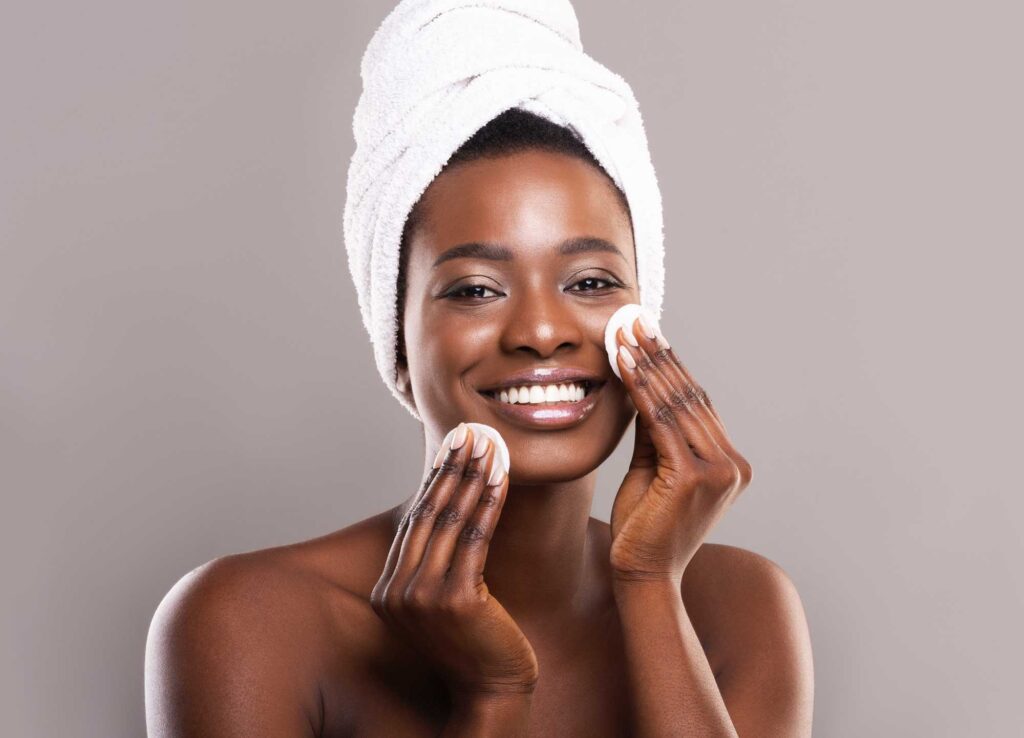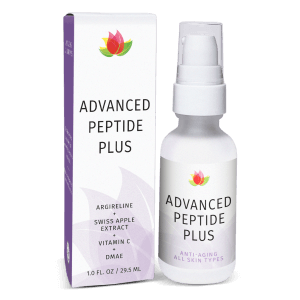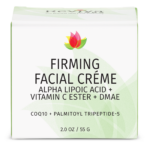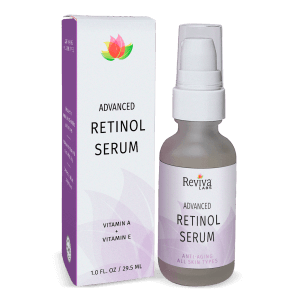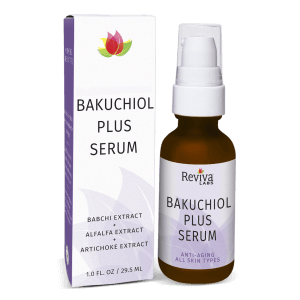How Do I Use?, Reviva Labs, Skin Care
How to Layer Skincare Products for Maximum Efficacy
There’s an art and science to layering skincare products. If you’ve ever felt like your serums or creams weren’t delivering the promised results, the culprit might not be the products themselves but rather how you’re applying them. Layering correctly can mean the difference between a glowing complexion and wasted skincare investments. Let’s break down the proper order and techniques to ensure you’re getting the most out of every drop.
Start with a Clean Canvas
The best skincare routine begins with a fresh face. Cleansing removes dirt, excess oil, and impurities that can block active ingredients from penetrating the skin. If you wear makeup or sunscreen, a two-step cleanse is ideal—first with an oil-based cleanser to dissolve stubborn products, followed by a gentle, water-based cleanser suited to your skin type.
For an added boost, use a toner or essence immediately after cleansing. These products help rebalance the skin’s pH and provide a hydrating layer that enhances absorption for everything that follows.
The Thinnest to Thickest Rule
A simple yet golden rule of layering skincare: apply products from thinnest to thickest consistency. This ensures that lightweight, fast-absorbing ingredients penetrate deeply without being blocked by heavier formulations.
- Watery products like toners and essences
- Treatment serums packed with active ingredients
- Moisturizers and creams that seal in hydration
- Face oils (if applicable) to lock everything in
- Sunscreen as the final daytime step
Following this sequence ensures that each product performs optimally without interfering with the next.

Active Ingredients: What to Use and When
Skincare isn’t just about hydration—it’s also about delivering powerful actives that correct specific concerns. But not all ingredients play well together. Here’s how to layer them wisely:
- Vitamin C: Best applied in the morning for its antioxidant properties and ability to brighten the complexion. It pairs well with hyaluronic acid but should not be used simultaneously with high concentrations of niacinamide or retinol.
- Hyaluronic Acid: This humectant works well morning and night, attracting moisture to keep skin plump. Apply it to damp skin for better efficacy.
- Niacinamide: A multitasker that calms inflammation, refines pores, and strengthens the skin barrier. It can be used both morning and night but is best kept separate from high-strength vitamin C.
- Retinol: The gold standard for anti-aging, retinol should be applied at night and always followed by a moisturizer. Avoid mixing it with AHAs, BHAs, or vitamin C in the same routine.
- AHAs/BHAs (Exfoliants): Chemical exfoliants like glycolic or salicylic acid help unclog pores and improve texture. Use them 2-3 times a week in the evening to prevent over-exfoliation.
The Role of Moisturizers and Oils
Even if your skincare routine is packed with serums and treatments, moisturizers are crucial. They help lock in hydration and active ingredients, preventing water loss from the skin.
If you use face oils, they should always be applied last before sunscreen (in the daytime) or before sleeping (at night). Oils create an occlusive layer, preventing anything applied afterward from fully absorbing.
Sunscreen: The Final, Non-Negotiable Step
No matter how effective your skincare routine is, skipping sunscreen during the day will undo much of your progress. UV exposure accelerates skin aging, exacerbates hyperpigmentation, and depletes collagen.
Opt for a broad-spectrum SPF 30 or higher and reapply every two hours, especially if you’re outdoors. Sunscreen should always be the final step in your morning routine, applied after moisturizer.
Nighttime Routine: Repair and Regenerate
The skin enters repair mode at night, making it the perfect time to use ingredients that stimulate renewal. Retinol, peptides, and deeply hydrating creams work best in your evening routine. Layering follows the same principle—cleanser, toner, serum, moisturizer—but swap sunscreen for richer, nourishing formulas.
Simplify for Better Results
More isn’t always better. Overloading your skin with too many actives at once can cause irritation rather than improvement. A well-structured routine tailored to your skin’s needs will yield better results than layering multiple conflicting products.
By following these steps, you’ll ensure that every product in your routine works efficiently, helping you achieve a healthier, more radiant complexion.



